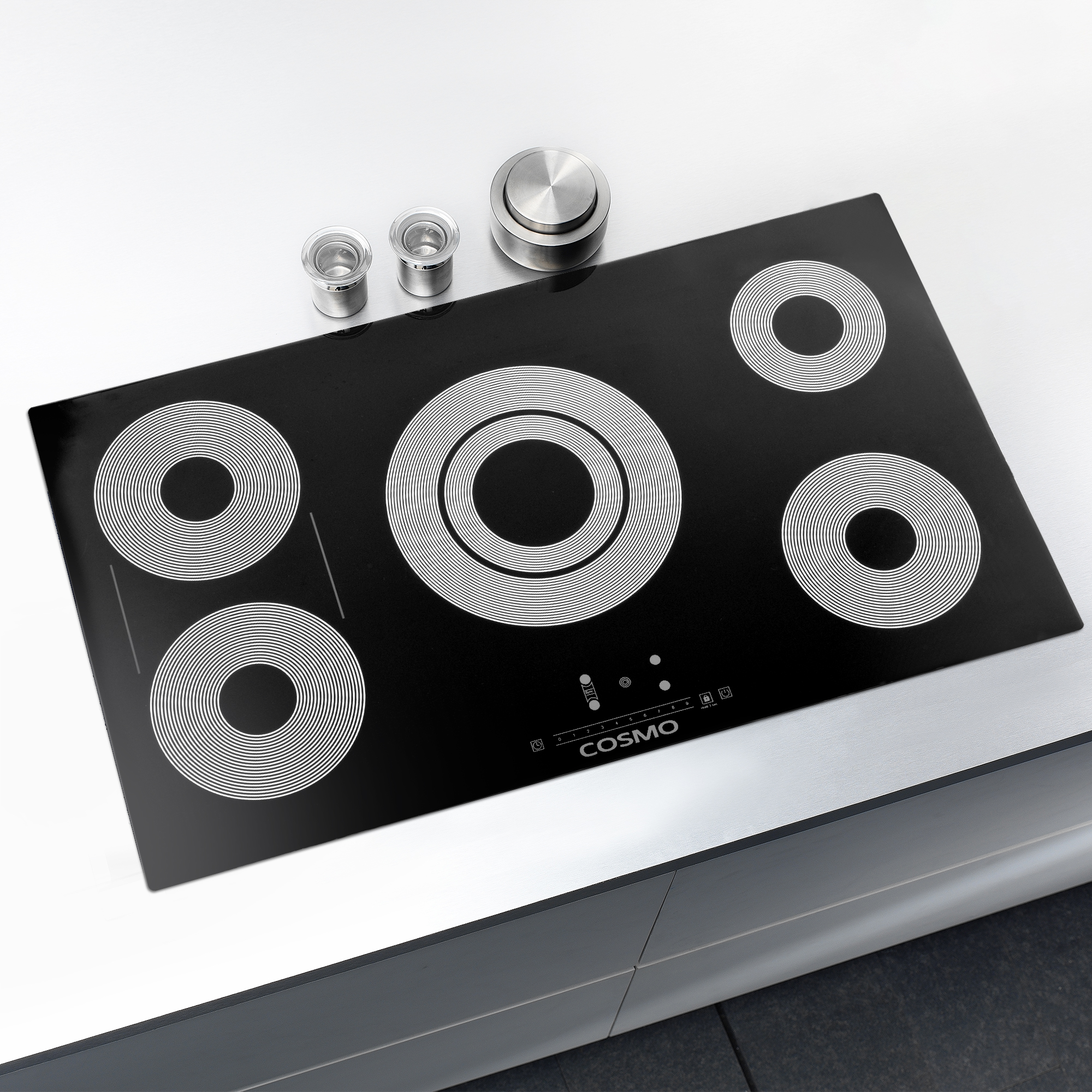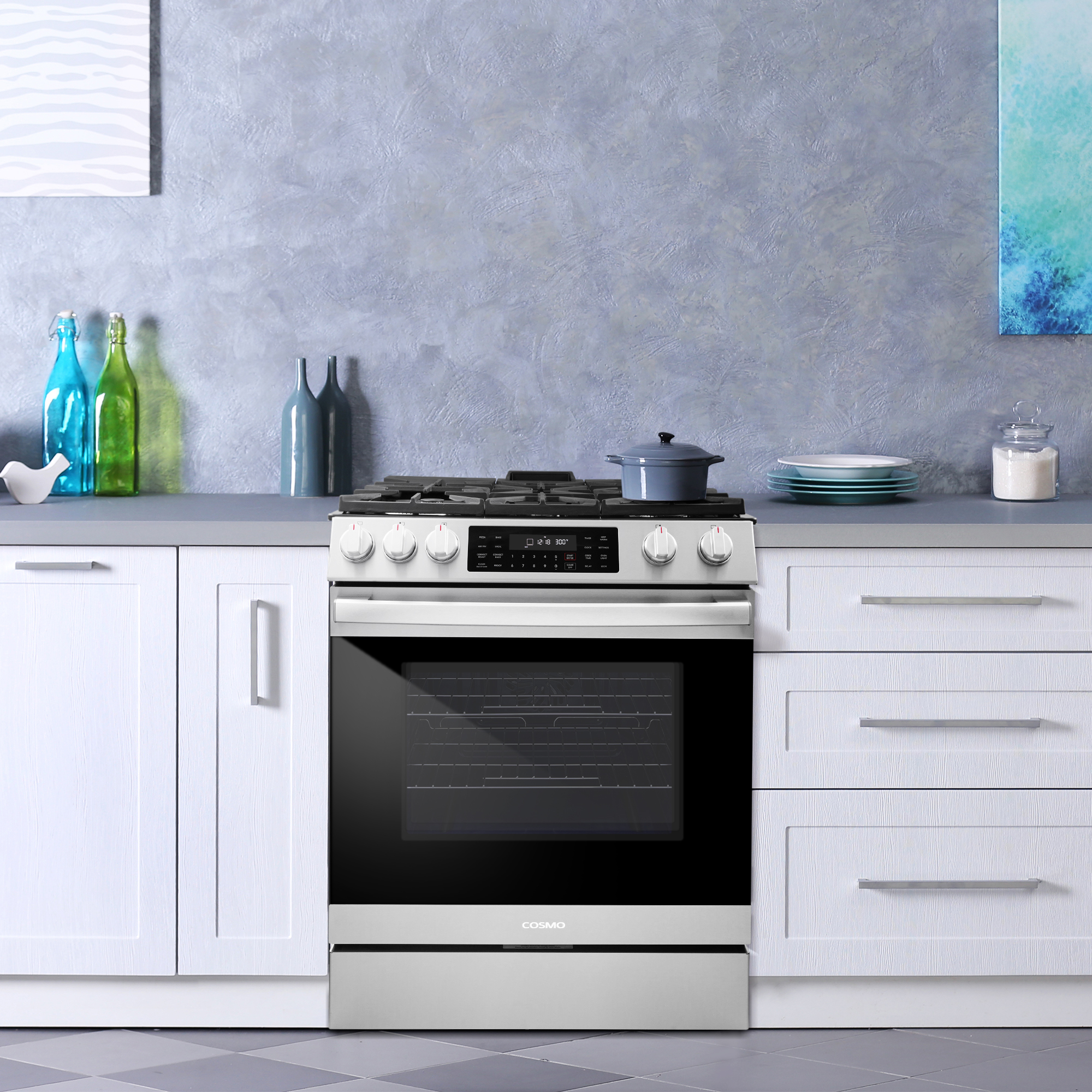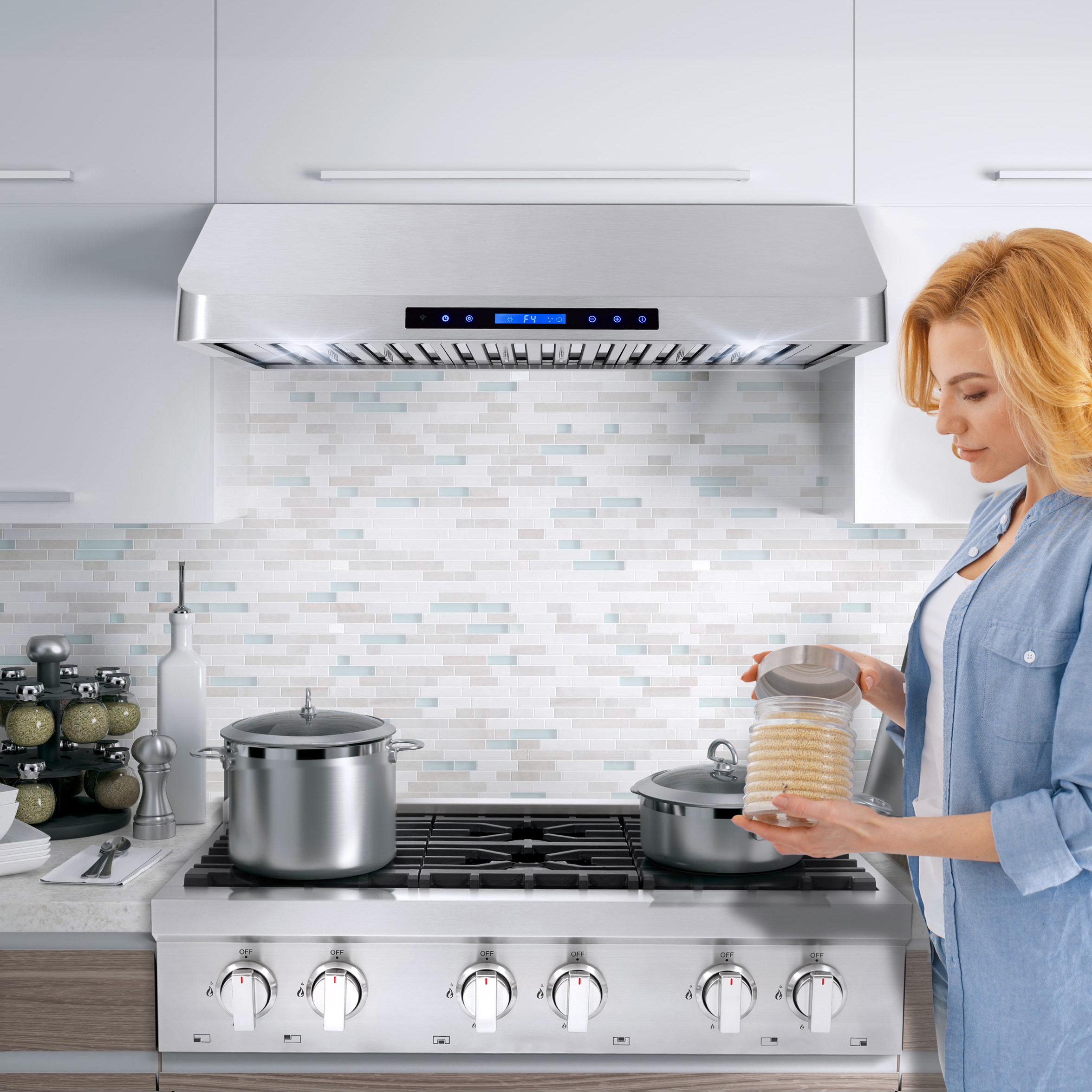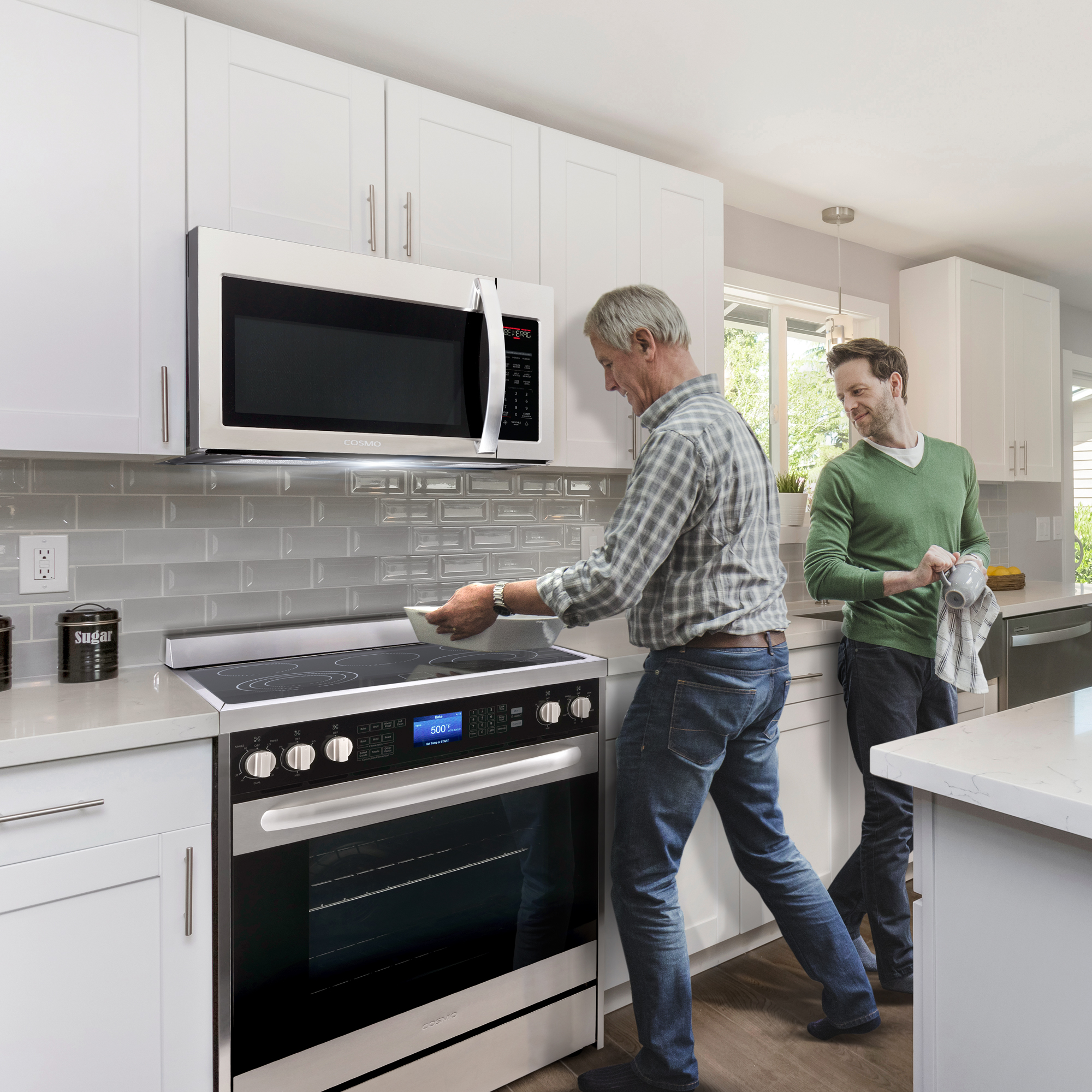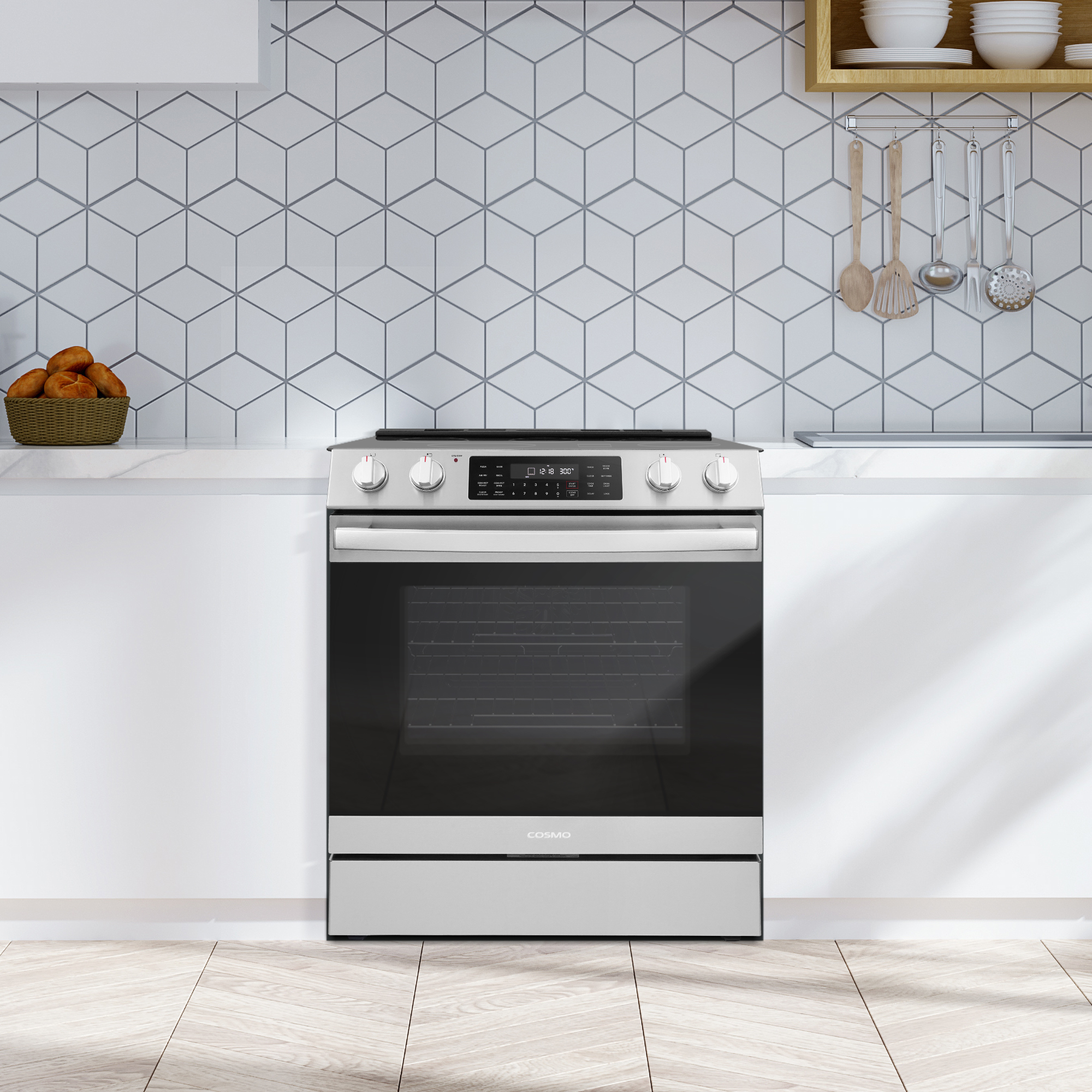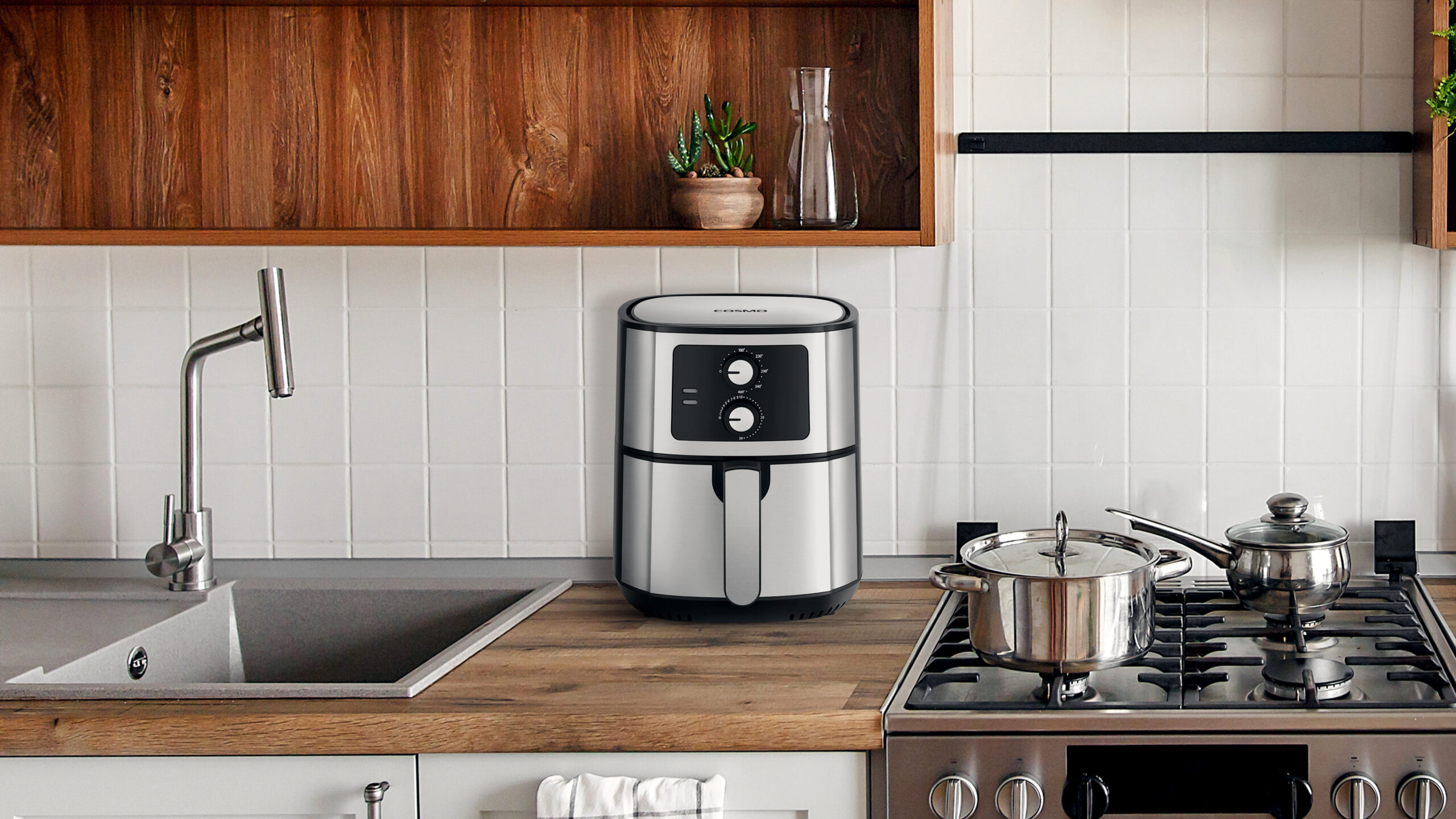The F965NF Dual Fuel Range: Gas Precision with Electric Reliability Plus Convenient Storage
The F965NF dual fuel range represents the perfect marriage of gas cooktop performance and electric oven consistency, enhanced by a convenient lower storage drawer that adds valuable organization to your kitchen. This 36-inch range combines the instant heat control that gas burners provide with the even, reliable baking performance of electric ovens, while the integrated storage drawer keeps your most-used cookware accessible and organized. For home cooks who understand that different cooking methods benefit from different heat sources, the F965NF delivers the comprehensive cooking solution that makes daily meal preparation more efficient and enjoyable. The addition of the storage drawer transforms this range from simply a cooking appliance into a complete kitchen organization solution that maximizes both functionality and space efficiency. Understanding Dual Fuel Technology Dual fuel ranges combine gas cooktops with electric ovens to provide the specific advantages of each fuel type where they perform best. This combination isn’t just about having options – it’s about optimizing cooking performance through intelligent design that matches fuel types to appropriate cooking tasks. Gas burners provide instant, visible heat control that responds immediately to adjustments. You can see the flame level and feel confident about temperature changes that happen in real-time, making stovetop cooking more intuitive and precise. Electric ovens maintain steadier temperatures than gas ovens while providing more even heat distribution. The consistent heating is particularly important for baking, where precise temperature control determines success with breads, pastries, and delicate dishes. Professional kitchens have used dual fuel configurations for decades because they understand that stovetop cooking benefits from gas responsiveness while oven cooking demands electric consistency. Home cooks can now access this same optimization. The dual fuel approach eliminates compromises that single-fuel ranges require. You’re not settling for adequate oven performance from a gas range or acceptable stovetop control from an electric range – you get the best of both technologies. Energy efficiency improves with dual fuel configurations because each fuel type operates in applications where it performs most efficiently. Gas provides efficient stovetop heating while electric ovens deliver consistent results with minimal energy waste. Five Sealed Gas Burners for Cooktop Versatility The five sealed gas burner configuration provides the cooking flexibility needed for multi-dish meal preparation while delivering the instant heat control that makes gas cooking so popular among experienced home cooks. Varied BTU outputs across the five burners accommodate different cooking techniques simultaneously. High-output burners excel at rapid boiling and high-heat searing, while lower-output burners provide gentle heat for delicate sauces and slow simmering. Sealed burner design contains spills within the burner area, preventing drips from reaching the range interior where they create cleaning challenges. This practical feature simplifies maintenance while protecting internal components from damage. Even flame distribution ensures consistent heating across cookware bottoms, improving cooking results while reducing hot spots that cause uneven browning or burning. Quality burner design directly impacts cooking success. Instant heat response allows immediate temperature adjustments essential for advanced cooking techniques like sautéing and stir-frying where timing and temperature control determine success. The five-burner layout provides adequate space for multiple cooking tasks without crowding, allowing you to prepare complete meals with proteins, vegetables, starches, and sauces all cooking simultaneously at appropriate temperatures. 3.8 Cubic Foot Electric Oven with Turbo True Convection The spacious electric oven combines generous capacity with Turbo True European Convection technology that improves cooking results while reducing cooking times for many dishes. This combination maximizes both efficiency and performance. Turbo True European Convection places the heating element around the fan rather than using separate elements with a circulation fan. This design creates more uniform heat distribution throughout the oven cavity, resulting in better cooking consistency. Even heat distribution from true convection allows effective use of multiple rack positions simultaneously. Cookies bake evenly on multiple sheets, roasts cook uniformly, and casseroles brown consistently across their entire surface. The 3.8 cubic foot capacity accommodates large roasts, multiple sheet pans, or several dishes cooking simultaneously. This sizing handles holiday meals, dinner parties, and weekly meal prep with adequate space for efficient cooking. Electric heating provides the consistent, steady temperatures that baking demands. Unlike gas ovens where flame cycling can create temperature fluctuations, electric ovens maintain precise temperatures that produce reliable baking results. Reduced cooking times with convection technology save both time and energy while producing superior results. Most recipes can be adapted for convection by reducing temperature or time, improving cooking efficiency. Seven Oven Functions for Comprehensive Cooking The seven distinct oven functions optimize performance for different cooking methods and food types, providing flexibility that accommodates everything from traditional baking to modern cooking techniques. Convection bake combines fan circulation with electric heating to provide even temperatures and reduced cooking times. This function excels for cookies, pastries, and baked goods where consistent results are important. Convection roast optimizes airflow and heating patterns for larger items like roasts, whole chickens, and vegetables. The enhanced air circulation promotes better browning while ensuring thorough, even cooking. Traditional bake provides conventional top and bottom heating for recipes developed for standard ovens. This function works well when you prefer familiar cooking patterns or when recipes specify conventional methods. Broil function delivers intense top heat for browning, melting cheese, or finishing dishes that benefit from surface caramelization. This high-heat function adds versatility for completing dishes. Additional specialized functions may include warming, proofing, or other modes that optimize oven performance for specific tasks, providing comprehensive cooking capabilities in one appliance. The variety of functions means you can optimize cooking conditions for each dish rather than compromising with general-purpose settings, significantly improving cooking results. Lower Storage Drawer for Organization The integrated storage drawer below the oven provides valuable organization space that keeps frequently used cookware accessible while maintaining clean, uncluttered kitchen counters and cabinets. Cookware storage keeps pots, pans, and baking sheets organized in one convenient location near where you use them most. This positioning improves cooking efficiency by reducing movement during meal preparation. Easy access design allows smooth operation even when fully loaded with heavy items. The drawer slides smoothly


